How To Make Bait Balls to Get Rid of Cockroaches and Ants

So, you've had it up to here with those pesky critters invading your home, huh?
Introducing: bait balls – your homemade solution to winning the battle against unwelcome house guests!
Tools and Materials:
- 4 tsp all-purpose flour
- 3 tsp sugar
- 2-3 tsp toothpaste
- 3-4 tsp water
- Glass bowl
- Wax paper
Hometalk may receive a small affiliate commission from purchases made via Amazon links in this article but at no cost to you.
Now, you might be wondering, why on earth would we use such a peculiar concoction to tackle this problem? Well, let me break it down for you.
Each ingredient in these cockroach cookies plays a crucial role in luring and exterminating those unwanted pests.
Flour and Sugar: These pantry staples serve as the base for our bait balls, providing a tempting treat for our unsuspecting visitors.
Toothpaste: Surprisingly, toothpaste acts as a lethal weapon against roaches and ants. Its strong scent and sticky texture attract the pests, while its chemical composition proves fatal upon ingestion.
Water: Just enough to bind the ingredients together into a dough-like consistency, making it easier to form our bait balls.
1. Mix the Ingredients
In a bowl, combine the flour and sugar. Now, grab your tube of toothpaste and squeeze a generous amount into the bowl.
Add a splash of water (about 3 tablespoons) and mix everything together until it forms a thick dough.
2. Form the Bait Balls
Once your dough is ready, take small portions and roll them into bite-sized balls. Think of it as crafting your very own roach cookies, but with a deadly twist.
3. Place the Bait Balls
Now comes the strategic part – placement. You'll want to scatter these bait balls in areas frequented by our unwanted guests. Try under appliances like the fridge, in dark corners, or alongside sinks – anywhere you suspect roaches or ants might roam.
In need of more pest control tips?
Homemade Pest Control: Roach Cookies Tutorial
And there you have it – a simple yet effective method to get rid of cockroaches and ants once and for all.
ith just a few household ingredients, you can create your own homemade pest repellent that's both safe and budget-friendly.
So, what are you waiting for? Whip up a batch of bait balls and reclaim your home from those unwanted intruders!
Enjoyed the project?
Comments
Join the conversation
-
😃
 Mmccroskey57
on May 21, 2024
Mmccroskey57
on May 21, 2024
-
-
Human toothpaste is TOXIC to cats & dogs!SOURCE: DiamondPets.com “Xylitol, the chemical that gives your toothpaste its sweet flavor (or its mediciny aftertaste, depending on your palate), is extremely toxic to pets and can be life threatening if your pet consumes enough of it. According to VCA Hospitals, 50 milligrams (mg) of xylitol per pound of body weight can cause hypoglycemia in a pet, and more than that can even cause liver failure. For reference, there are 5,000 mg in a typical teaspoon. Since some human toothpastes can be 25 percent xylitol, you can see how it wouldn’t take much to put your pet in danger.Signs of xylitol poisoning include vomiting, weakness, lethargy, tremors or seizures. If you suspect that your dog or cat has ingested xylitol or toothpaste with xylitol, call your veterinarian or the Pet Poison Helpline at (855) 764-7661.Fluoride is also to be avoidedMeanwhile, too much fluoride can cause diarrhea or vomiting in your pet, and way too much can be deadly. According to Merck, a fatal dosage of sodium fluoride is 5–10 mg/kg (2.5–5 mg/pound) and toxic manifestations may be evident after consumption of 1 mg/kg (.5 mg/pound). So for a 30-pound dog, 15 mg of fluoride could cause gastrointestinal distress. That means that it would only take the equivalent of four or five normal human-sized dollops of toothpaste to make your pet sick if he or she weighed 30 pounds. Smaller pets might get sick over much less.”
 Cagriffith
on May 21, 2024
Cagriffith
on May 21, 2024
- See 1 previous
-



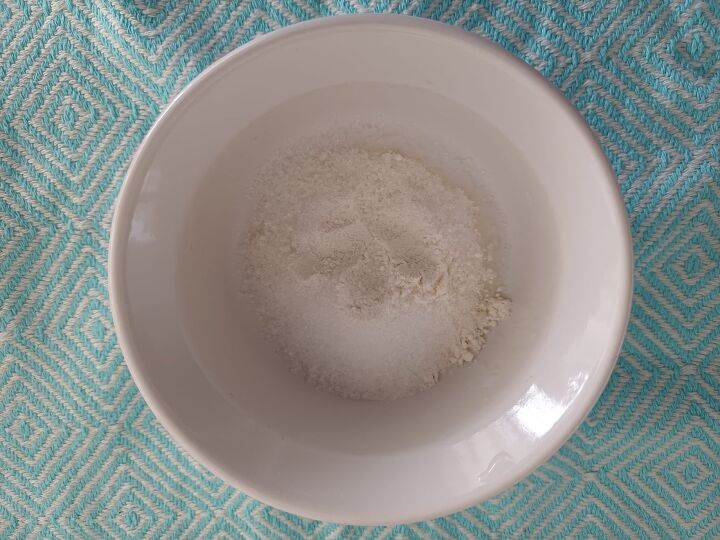





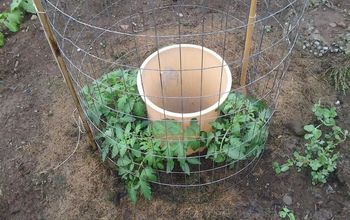




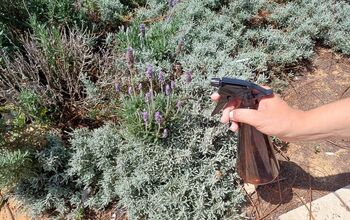

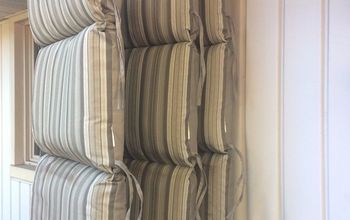





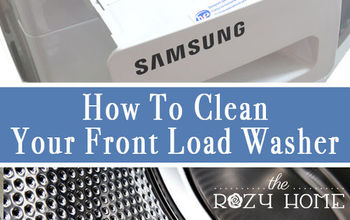

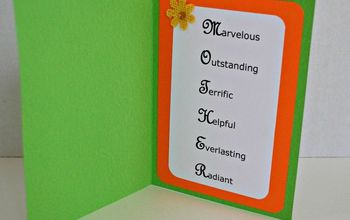



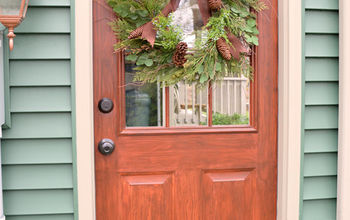


Frequently asked questions
Have a question about this project?